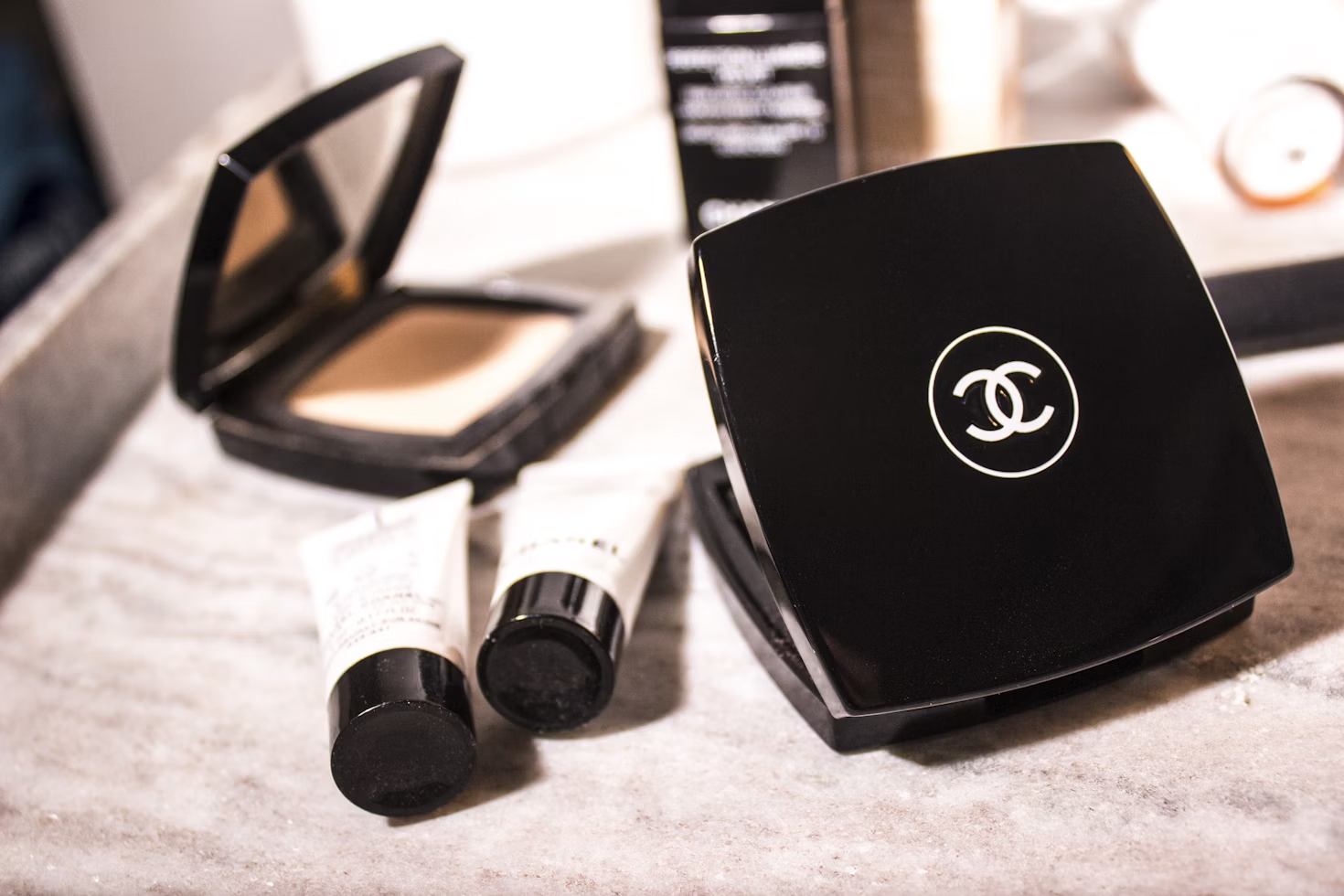Introduction
Since the dawn of time, or at least from the era when people started living together, any kind of communication – that for a long time coincided just with the oral – may lead to consequences for the person that formulates the communication. As the saying goes “Speak with caution” reminds us of the consequences of our communications which might be dangerous (in this regard, even in the Holy Bible, there are sentences that recall the relevance of words in achieving honour but which can also be dangerous (Proverbs 18:21)
From a legal perspective, from the beginning, caution in speaking may have been necessary to avoid offending the goddesses, their (believed) representatives and the authorities (who – in most cases – coincided with the gods’ representatives).
Therefore, we can argue that for centuries, caution in communication has been imposed by the need to avoid any offence to the person to whom or about whom the communication is made. Then the protection of people’s dignity was extended step by step to others until it involved the concepts of homeland, protecting its symbols (such as the flag) and institutions.
Notwithstanding the above, as for many rules, caution in speaking has also had its accepted derogations. Without considering the (limited) freedom of court jesters to address kings and poor people during certain periods such as carnival, legal scholars since ancient Rome identified the concept of “dolus bonus” (i.e. wilful misconduct that is acceptable because it may be easily recognized by those who may be affected by it) for the language and communications used by the sellers to emphasize their goods.
Even today, in the fruit and vegetable markets of the Mediterranean and Middle East regions you may hear many shopkeepers claiming that they are selling the tastiest fruits in the world even when their flavour is fading like the light of the setting sun.
But, as the economy has evolved, the need for greater equity in communications has increased. The field is broad and ranges from the marketing of industrial products to the solicitation of investments on the capital markets.
Limiting our analysis to advertising, the evolution of the means that may be used has increased the relevance of the legal aspect.
In fact, through mass media and social networks, advertising may have powerful effects on trends and even moods, companies have therefore felt an impelling and growing need to guarantee protection for consumers and competitors.
Regulation of communication in the advertising sector was then introduced, considering the effect that a misleading message can cause as a violation of fair competition as well as consumer protection, the attention to be paid to communication has taken a step forward compared to a long time ago.
Perhaps one of the most significant steps was the adoption of rules aimed at regulating advertising messages when they are based on comparison with products made by competitors (so-called “comparative marketing”) when various jurisdictions began to require proof of any declaration when a product was established as being better than others: so, if a brand states that its soap washes better than others, it must demonstrate, in a scientific manner, that the statement is true. The demonstration request is a milestone that will influence the current ongoing legislation.
In this path towards fair communication, new regulations imposed in the European Union are increasing the focus on marketing communications more broadly.
Fashion marketing is not exempt from this evolution.
In fact, the fashion industry, with the messages it intends to convey, often at a subliminal level, is obviously one of the sectors on which these new rules will have an impact as its marketing seeks to speak to our emotions and our desires, which is untouchable and, as such, more subject to distortions.
Here are some preliminary considerations on how the legal framework in Europe is changing.
Marketing in the fashion industry
What determines the content of a fashion ad? The aesthetics of the brand, its values, one might say. Correct, yet incomplete.
Fashion marketing plans the best product marketing strategies and seeks to understand the needs of the consumers to create a narrative that engages, excites and, above all, builds customer loyalty.
However, this narrative is anything but free due to an unsuspected mind: the law.
Thus, today, brands are required not only to rethink the sustainability of their products and production models, but also to effectively convey these endemic changes while navigating regulatory complexities.
Legislators are in fact redefining the business model of the sector in an attempt to create a new fashion paradigm in which the production-sales binomial meets the concepts of quality, conscious design, transparency and recycling.
This ambitious shift is particularly visible in the EU sustainability agenda.
Communicative authenticity and transparency on sustainability have been entrusted to two directives that extend beyond the EU borders and require compliance by any company that makes environmental declarations to EU consumers. The Empo Directive has a dual purpose: first, to limit misleading or generic environmental claims without data proving “excellent recognised environmental performance”; second, to establish harmonised EU sustainability labels based on a certification scheme or established by public authorities. The Empo Directive will be complemented by the Green Claims Directive that, in its current formulation, introduces further measures – such as third-party verification of green claims before publication or displacement – to strengthen consumer rights by subjecting traders to greater scrutiny of environmental claims made by manufacturers about their business and products.
These directives are part of a broader quest for transparency in environmental statements, already addressed by the CSR Directive and the CSDD Directive, two complementary pieces of legislation that prioritise accountability and transparency as key factors in forcing companies to manage wisely their social and environmental impacts.
Another recurring theme – one that will undoubtedly cause repeated headaches for marketing departments – is eco-design.
Attention to eco-design has a direct impact on product communication and, consequently, on finding a deeper emotional connection with the user base. This research, however, will be constrained by both the discipline of green statements and the strict rules of sustainable design.
Indeed, the ESPR Regulation, formally adopted on May 27, introduces a new premise into the sustainability equation, requiring the environmental impact of a product to be considered from the design stage. The Regulation not only establishes eco-design requirements that products must comply with to improve their overall environment performance – while banishing the inglorious habit of destroying of unsold items – but also obliges manufacturers to provide products with a digital passport containing information on materials, production, maintenance and repairability.
On this latter note, the Parliament adopted the Directive on the Right to Repair, aimed at complementing both the ESPR Regulation and the Empo Directive. In particular, the R2R Directive will require sellers to prioritise repairs within and beyond the warranty period and to provide harmonised information on reparability, promoting product longevity and sustainable consumption patterns. Although the Directive does not yet apply to fashion products, these are likely to be included in the future as the range of covered products expands.
The Commission has also scheduled an amendment of the Textile Labelling Regulation for the fourth quarter of 2024 and has sealed this commitment by launching a public stakeholder consultation to gather evidence on the functioning of the current Regulation which could potentially be useful in the revision process. Once again, the intention is to create synergy with the regulatory context by introducing specifications for the physical and digital labelling of textiles, including sustainability and circularity parameters, based on the requirements of the ESPR Regulation.
From Haute Couture to Haute Compliance: the French example
The EU’s regulatory fervour is more than evident, but fashion is a political fact and, as such, reflects the sensitivity of legislators with evident territorial asymmetries.
It is no surprise that France – where fashion is a real affaire d’état – has already developed progressive legislation that has often taken a stand against fast fashion, targeting consumer awareness and corporate responsibility.
The Fast Fashion Bill, approved by the French National Assembly in March 2024, clearly exemplifies this trend. As a result, starting from 2025, fast fashion manufacturers will be obliged to comply with some key provisions. First, they will be required to prominently display messages – the content of which will be specified by law and placed close to pricing information – on their online platforms to increase consumer awareness of the impacts of rapid turnover of clothing and accessories. The law will also prohibit direct or indirect advertising of fast fashion products, including any partnerships with influencers promoting fast fashion brands or items, and will introduce a “sin” tax on each product. Specifically, the tax aims to weaken the attractiveness of the product by increasing its price and channel the revenue generated to support companies committed to sustainability, thus rebalancing the competition in the textile market between fast fashion players and supporters of circular economy models.
However, the Fast Fashion Bill is only the latest weapon in the arsenal of the French legislator.
France’s journey towards circular economy legislation in the textile sector started in 2007 with the French Environmental Code, launching the first EPR scheme, then amended in 2022 with the AGEC Law to promote a sustainable textile sector by setting ambitious waste diversion targets to promote eco-design, expanded collection, funded collection sorting and encouraged reuse, repair, and recycling.
In terms of corporate responsibility, France has anticipated the EU institutions by adopting the Duty of Vigilance Law, which obliges companies exceeding certain size thresholds, irrespective of whether they are based in France, to adopt and implement an annual vigilance plan – ranging from the assessment of supply chains, subsidiaries and subcontractors to risk mapping and data collection on environmental and human rights risks – backed by fines and reputational damages.
The regulatory framework is further strengthened by Decree No. 2022-748 which ensures the transparency and accuracy of information on the environmental performance of consumer products – including textiles – by requiring manufacturers, importers and distributors to disclose details on characteristics such as recyclability and the presence of hazardous substances.
If fashion is on track to become a highly regulated industry, the intersection between fashion marketing and the law will inevitably become more complex as sustainability becomes a core focus. The evolving regulatory landscape requires innovation not only in product research and development, but also in communication strategies. If fashion marketing has traditionally been responsible for communicating brand heritage, marketing departments will now be charged with the much more delicate task of positioning brands in the market as champions of sustainability. Of course, unlike in the past, the alleged sustainability will have to pass legal scrutiny, with the risk not only of inevitable legal consequences but also of irreparable damage to brand reputation and competitiveness.
What’s next?
Step by step, fashion operators and consumers are becoming increasingly aware of the impact of their actions on the environment and society.
The increase in regulations is positive to the extent that it can lead to paving the way towards a sustainable industry and indicate the proper paths for sustainable development.
This change could create a virtuous path to be followed also by other industries.
But a risk is given by an application of rules that could be too formal, based on certifications and compliance with agreed procedures, so that ineffectively the legal framework, limited by a formal approach, can become a sort of umbrella under which everything is possible even against common sense.
About Authors:

Mario Di Giulio: Visiting Lecturer (Fashion and Ethics) and Member of the Scientific Committee of the Master in Fashion Law (LUISS University in Rome)
 Giulia Tuccio: LLM in Fashion Law (LUISS University in Rome)
Giulia Tuccio: LLM in Fashion Law (LUISS University in Rome)

















